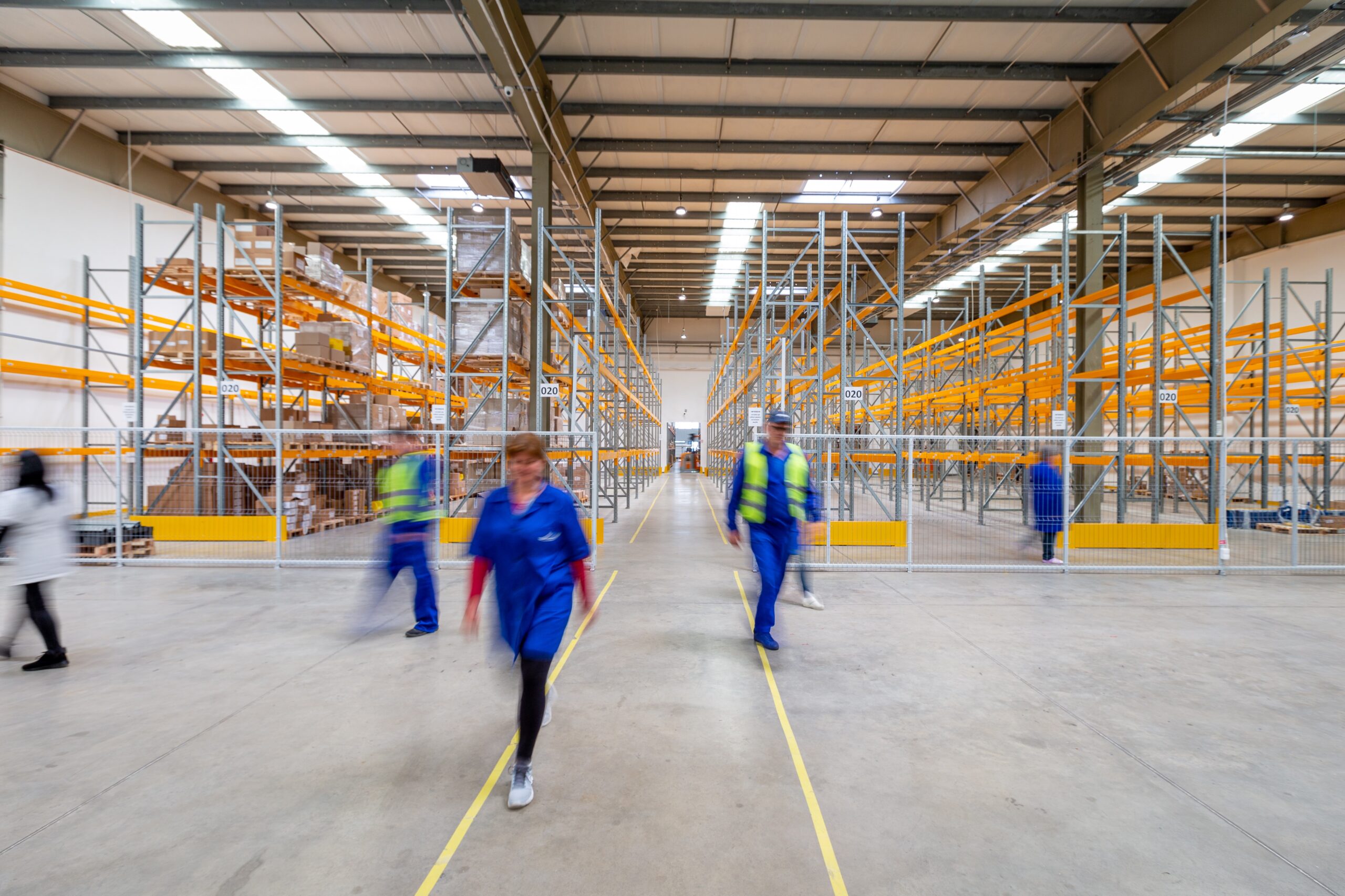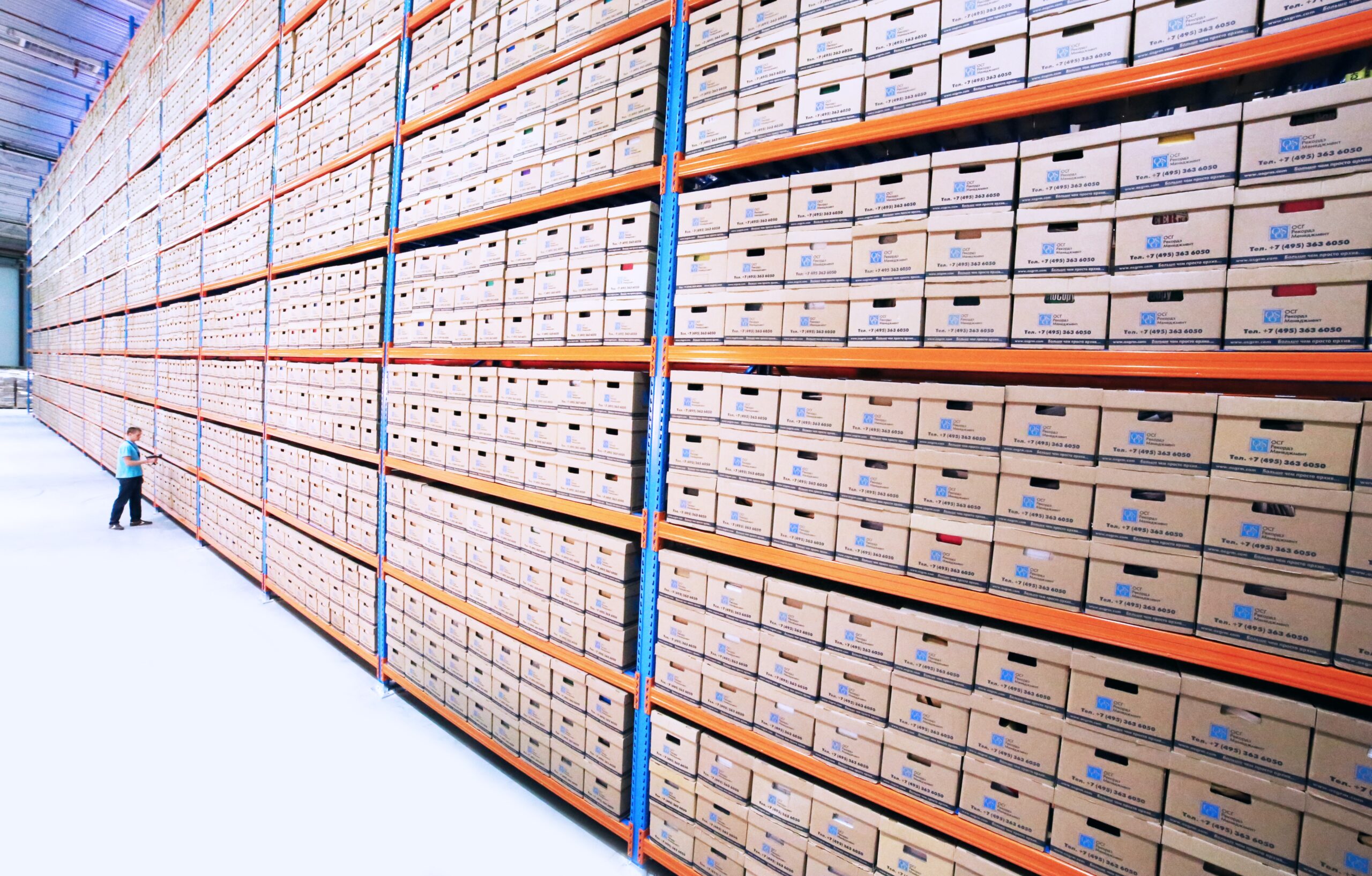Technology has always been a crucial part of logistics, helping to smoothly facilitate the handling of enormous bulk orders across complex warehousing operations worldwide.
But post-pandemic, there has been increasing demand for sophisticated solutions to automate and streamline even more processes. This could also be essential for bolstering the resilience of the industry against unprecedented shocks like the global health crisis, which significantly impacted supply chains all over the world.
Let’s take a look at some of the key trends set to drive a dramatic digital transformation in the warehousing sector in 2021 and beyond…
1. Fully IoT connected facilities
Internet of Things (IoT) technology has the power to create fully ‘smart’ warehouses. Entire facilities can be seamlessly coordinated and managed down to the smallest detail and process. This includes automated inventory management, remote employee supervision and the sharing of data between company systems and devices. It could even mean increased use of drone, robot and sensor technology in the near future, all working together to create a completely ‘connected’ warehouse unit.
2. The rise of AI
According to forecasts from market-foresight advisory firm ABI Research, there could be as many as 50,000 warehouses completely run by robotic technology over the next five years.
It’s easy to see why this trend will take off, as AI and warehousing are a match made in heaven. In these environments, a significant number of tasks can be automated, from sorting and packing to cleaning, transportation and fulfilment. As this can make processes cheaper, quicker and more efficient, it’s inevitable that major operators will start to make serious investments in AI in the immediate future.
3. Advanced WMS
Warehouse Management Systems (WMS) are widely used across the industry, but more advanced solutions are launching all the time. The main advantage of WMS is that it raises productivity, while at the same time trimming costs. It can also be integrated seamlessly with third party logistics (3PL) providers, order management systems and ERP systems.
There’s been a steady growth in uptake of WMS over the last few years, with the number of facilities implementing a system rising by 30% between 2008 and 2018. But 2021 is set to be a big year for WMS with powerful data analytics functions, which harness big data technology to help operators improve efficiency at a more detailed level.
4. Renewable energy
Technology isn’t only driving efficiency and productivity within warehousing. It’s also set to shrink the carbon footprint of warehouse facilities. As nations worldwide seek to meet increasingly urgent carbon reduction targets, the sector will be pressured to make better use of renewable energy sources and smarter energy systems. Warehouses are a prime candidate for solar energy, for example, thanks to their vast roof capacity.
Market leaders such as Amazon and Walmart are already leading the charge when it comes to wind and solar powered facilities, and others are set to follow.
If your passion is logistics technology, or you need a specialist to help drive efficiency within your business, get in touch with our logistics recruitment specialists at First 4 Recruitment.


0 Comments